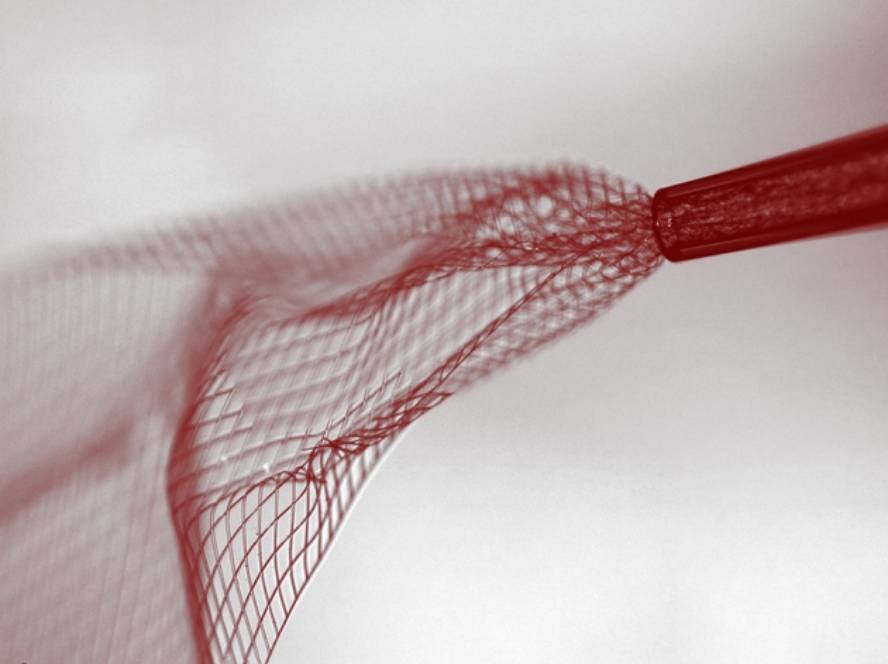Installing an electronic circuit in the brain of mice using a syringe
With a fine needle of a hundred micrometer diameter syringe, neuroscientists at Harvard University and the Beijing Nanoscience and Technology Center have managed to inject an electronic circuit into the brain of a mouse.
The research has been published by the journal Nature Nanotechnology. According to him, the researchers injected the mice with a flexible network of sixteen electronic elements under the skull. After the injection, the network expanded and the neurons were organized around it. Therefore, it has been proven that the support is biocompatible.
In addition, through the electronic elements of the network have monitored the brain activity of mice and have been able to detect the activity of a small neuron.
According to the researchers, the technology developed is appropriate for the implantation of electronic circuits in the tissues and cavities of patients through a simple syringe without intervention. In addition to tracking brain activity, it has been proposed that it can be useful for sending stimuli, applying optogenetic techniques and facilitating interaction between the brain and computers.






